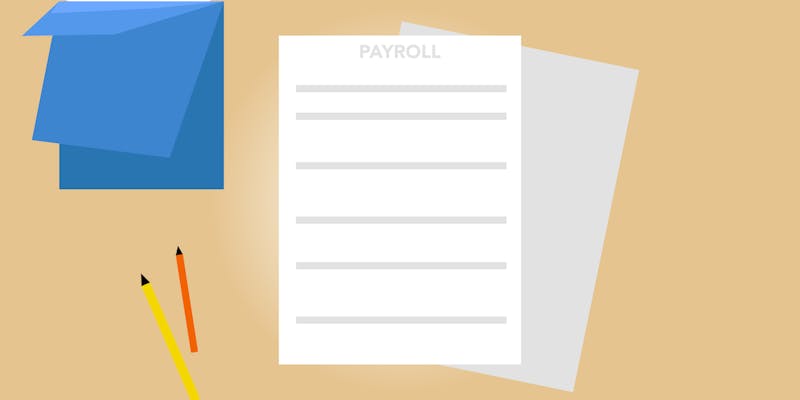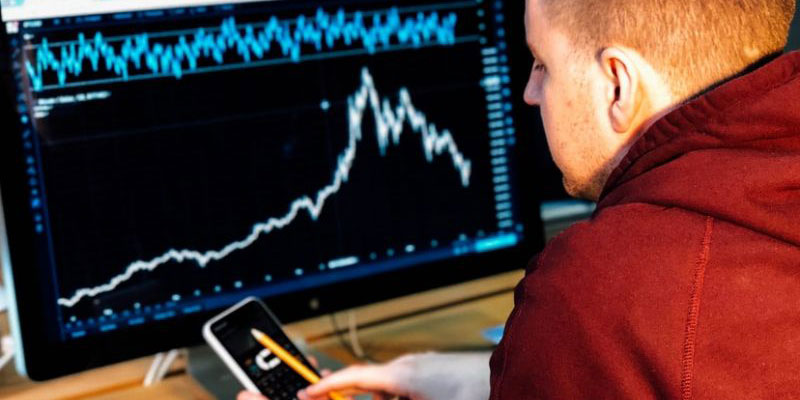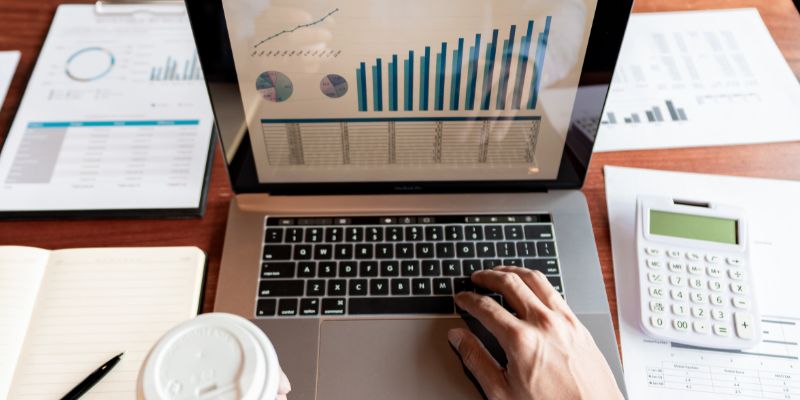Caffeine is now second in the total financial quantity ranking among the most regular primary commodities. Trading coffee is likely to be among the greatest exciting experiences one can have with a commodity that is also very unpredictable.
Coffee is another farm-grown product, just like sugar, citrus fruit juices, chocolate, and fruits, and is classified as a "soft commodity." Other products in this category include cocoa. When passing judgment about coffee futures trades, dealers must consider various elements related to coffee supply and consumer demand. The value of most of these products, especially coffee, is subject to wildly unpredictable fluctuations.
Varieties of Coffee Beans

Robusta and Arabica are the two primary varieties of coffee available. Arabica is the variety of coffee used in the futures contracts on the ICE, which is also known as the Intercontinental Exchange in the United States.
The market from huge companies worldwide, such as Procter & Gamble, Sara Lee, and Nestle, contributes significantly to the increased cost of the Robusta cocoa bean that is traded on the market.
These four firms are widely referred to as the "Big 4" brewing companies, and they acquire roughly half of the world production coffee output. These firms possess a large number of brands that are linked to coffee and make coffee goods under a variety of different premium brands. Due to the large quantities of coffee these businesses buy, fluctuations in their commodity consumption can impact the cost of coffee derivatives.
Some people working in the coffee business may give Arabica coffee beans a better value rating than other beans. If you purchase goods from Starbucks or another premium brand, you will most likely consume coffee made from Arabica beans.
For the sake of convenience, we will concentrate on Arabica coffee beans while discussing the Trade Coffee Futures. Since Robusta is such a near alternative for Arabica, its underlying characteristics have the potential to influence its price.
Brazil plays by far the most important role in achieving Arabica beans, with Columbia being the second-largest manufacturer in the world. They are indeed cultivated in Central and South America; nevertheless, when it comes to selling caffeine, most Coffee Trading concentrates on Brazil as the primary growing region.
Robusta, On the other hand, Robusta is able to survive in low elevations and warmer climes. It also has a more rustic, bitter, and harsh flavor than Arabica, in addition to having a higher concentration of caffeine. Robusta coffee beans, the majority cultivated in Vietnam, have been trading for around 1.50 USD and 2 USD recently and account for around 30% of the marketplace for ground coffee.
Where Does Coffee Originate?

The "coffee band" includes more than 50 nations where coffee is cultivated. In other words, these are nations where the weather is predominantly warm and humid year-round. Various varieties of coffee beans may require a range of temperatures and elevations to flourish. The top 5 coffee-producing countries, as listed by the World Atlas, are:
- Eutopia
- Columbia
- Vietnam
- Brazil
- Indonesia
How Should Coffee Be Traded?
Register by Creating an Account
If you sign up for a real-money account, you'll also get access to a practice account where you can play for free using virtual currency. Brokerage and CFD betting are two options. In addition to futures, the coffee futures trade market also has forward agreements.
What to Choose: Arabica and Robusta
Both Arabica and Robusta coffee beans have their advantages and disadvantages; thus, you need to do some study to determine which variety of coffee will be best for you. Maintain current awareness of world events. Economic reports and headline news can exert an effect on nations and, as a result, their respective Coffee Futures Trade.
Spread Betting: Making a Bet on Coffee
It is a form of monetary commodity commonly used for speculative, short-term transactions. Spread betting enables you to trade on the value of a commodity without actually having to purchase or possess that commodity. Because of this, you may put your money where your mind is, buying low and selling high based on whether you expect the cost of coffee to go up or down.
Take into Consideration Risk Management
Each kind of coffee has its unique price point, is produced in a distinct region, and is susceptible to being impacted by a distinct set of characteristics representing a risk factor. Setting stop-loss entries on coffee trading is one example; doing so can assist in the closing of lost deals and reduce the amount of lost cash.
CFD trading on Coffee
Trading contracts for difference (CFD) functions very much as spread betting does. An agreement for the discrepancy is a type of short-term agreement that may be created between a brokerage and a shareholder for speculation upon the price fluctuations of coffee, regardless of whether these fluctuations are upward or downward. At the conclusion of the agreement, the parties will discuss the price differential between when the agreement started and when it ended, which will result in a gain or loss.
Variables Contribute to Price Fluctuation of Coffee
A certain amount of volatility accompanies the trade of coffee. The following are some important elements that have a significant impact on the availability and consumption of both Arabica and Robusta caffeine:
Climate variability
Coffee trees are rather tiny, making the crop vulnerable to things like frost and extended durations of the dry season. As a consequence of crop failure, coffee prices may rise.
Seasonal variation
People drink coffee the most in winter, whereas in summer drink the least. As a result, this high point will coincide only with northern latitudes, the location of the highest level of demand.
Global politics:
Since most coffee is produced in underdeveloped countries, political unrest can affect the price of coffee throughout the world.




